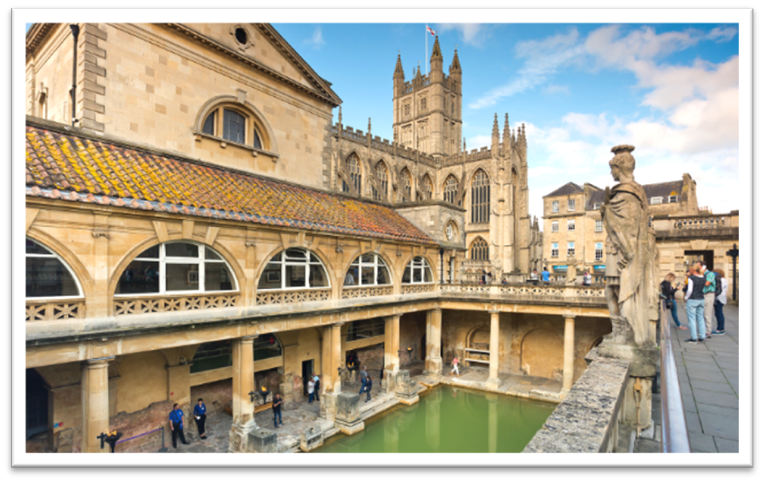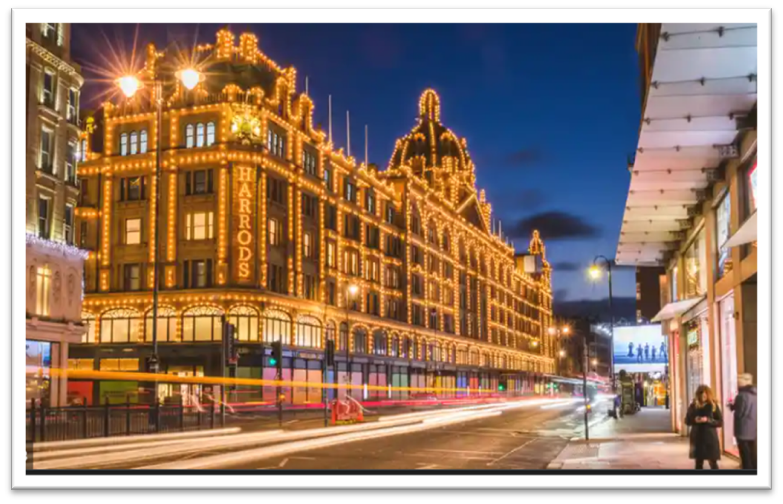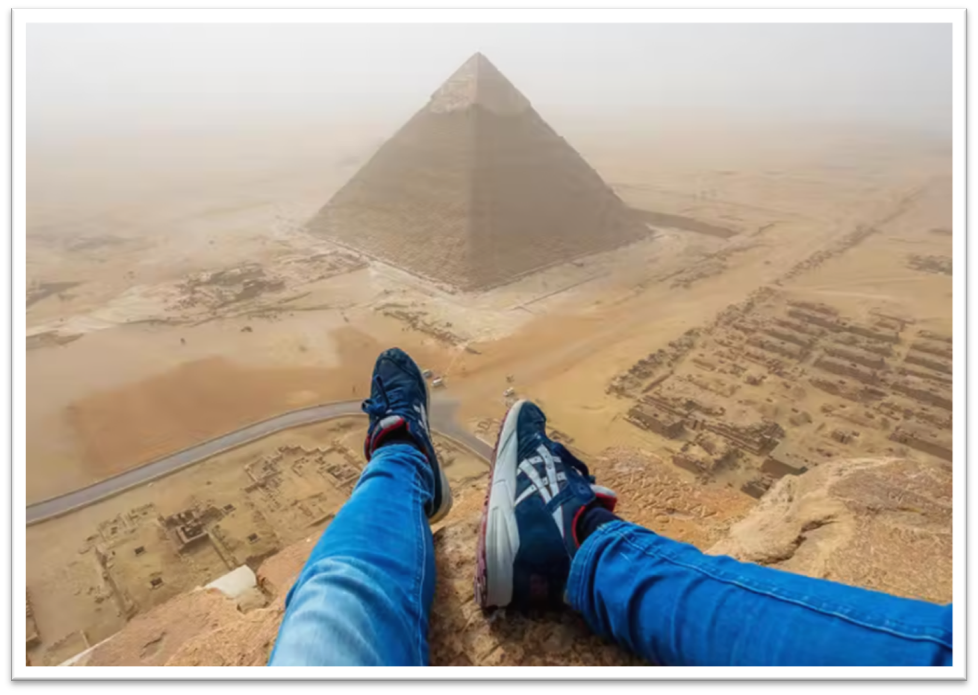While vintage shopping is certainly in fashion among younger crowds, who eschew fast fashion for its often unethical manufacturing practices and lack of sustainability, I’m not sure antique shopping is on their radar, just yet. I recently went to my first antiques fair and found it left the modern consumerist society and its relentless pursuit of things in the dust. For the sake of preserving history, you could give antique fairs a go.
Things are at a different pace at an antiques fair. Everything
slows down. It’s like watching an old movie through a 35mm slide viewer. The
buyers appreciate items with approving nods, deliberate, debate, does an
appraisal of products, checking and comparing prices with a competitor’s store
– although sometimes comparable items are circa hundreds of years apart, which
I guess would make it a bit complicated if you were trying to buy a new iPhone
circa 1830.
The buyers delve deep into the history with the seller, and
share stories of similar items held within their families. I guess you could
call me an antiques fair eavesdropper. I met a man who owns a 15th
Century cabinet from Normandy that he uses to store his evening beverages and
showcase his model aircraft. I admired a Victorian mahogany writing slope, with
a spot for your quills and ink and a storage area for whatever they stored in
1860, and I wondered if the seller would throw in a free workplace assessment
to get me set up at home.
An antiques fair is not the headspace of the modern consumer or
indeed one with an increased cost of living, and many who like contemporary
furniture, state-of-the-art goods and other quick and dirty (and low-priced)
products of questionable quality and resilience. We are so used to cheap
products being seized off shelves with a fleeting glance at its price, with a
quick selection of which colour to purchase.
The consumer may check where the product was made on the tag,
but no great concession is really made on that account if the product is what
the consumer wants or needs. And once that product expires, a new one will
replace it and the cycle will continue forever until we are no longer absorbed
by the endless pursuit of consumer goods and shopping for the sake of it, or
until toasters are no longer required and bread just cooks itself.
Antique fairs are definitely a niche, but there is something to
be said for the romanticism perhaps of the story cards attached to antique
items, that describe the piece, its origin if known and when and why it was in
use, and it encourages, at least for myself, more research into the
history.
My starting strategy at the fair to cypher the antiques buyers
and sellers code was to watch and learn and then see pretty things I know
nothing about and buy them. A consumerist strategy that is ill-advised at an antiques
fair, but it’s an honest life, and an honest strategy. I certainly did not go
into it intending to buy a stunning pale blue early Victorian (1837-1901) salt
glazed ale jug circa 1850, but when in Rome. More on that later.
There were not a lot of clocks, which was disappointing as I
come from a long ancestry of collectors of time tellers, and evidently (someone
told me at the fair) there are many stories of clocks discontinuing working
when their owner operator passes. Perhaps that person had a special way, knew
how to work the dong, had the midas touch.
I’m not sure what I was expecting but it was not a heavy supply of antiques of English Georgian, Victorian or Edwardian origins. The western consumer in me speculated what I could possibly do with a Georgian silver plated tea urn circa 1780, a Victorian silver plated biscuit sachet maker circa 1880 or a brass candlestick circa 1870, but I maybe missed the point. It is preserving history, not buying a thing that I need. As it turns out, I googled the pale blue Victorian jug as I was walking around and found it to be really quite overpriced and over my set budget so it didn’t come home with me. Research helps enormously, whether you’re a newby or have been in this game for years.
A top tip for newby collectors is if you see something significant to you that sparks joy (and is under your set budget), buy it. I saw a charming delicate gold spoon that was reasonably priced and I bought it. Sparked joy. Not sure it’s tough enough to swivel my morning coffee, but it looks pretty.
I also met a man whose son runs a business clearing out old
estates who told me about the increasing volume of vintage and antique pieces that
are consigned to the garbage dump. With that in mind, I would say attach a
story card to all your possessions that are important, sentimental or whimsical
to you, so they can be discussed at an antiques fair in the future. If there is
a story card, I will read it.































